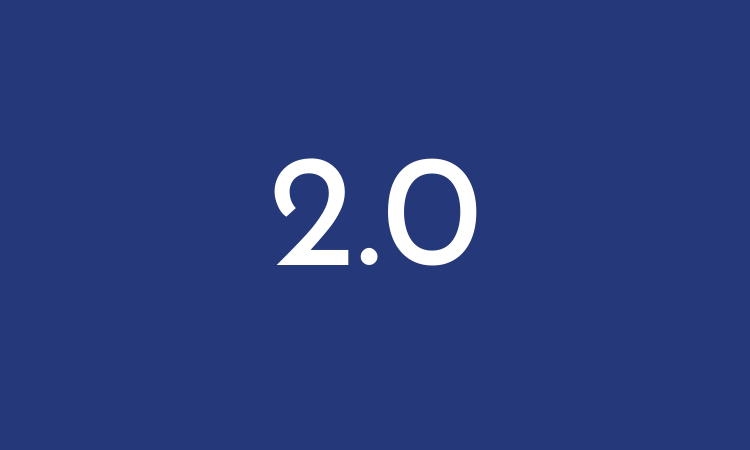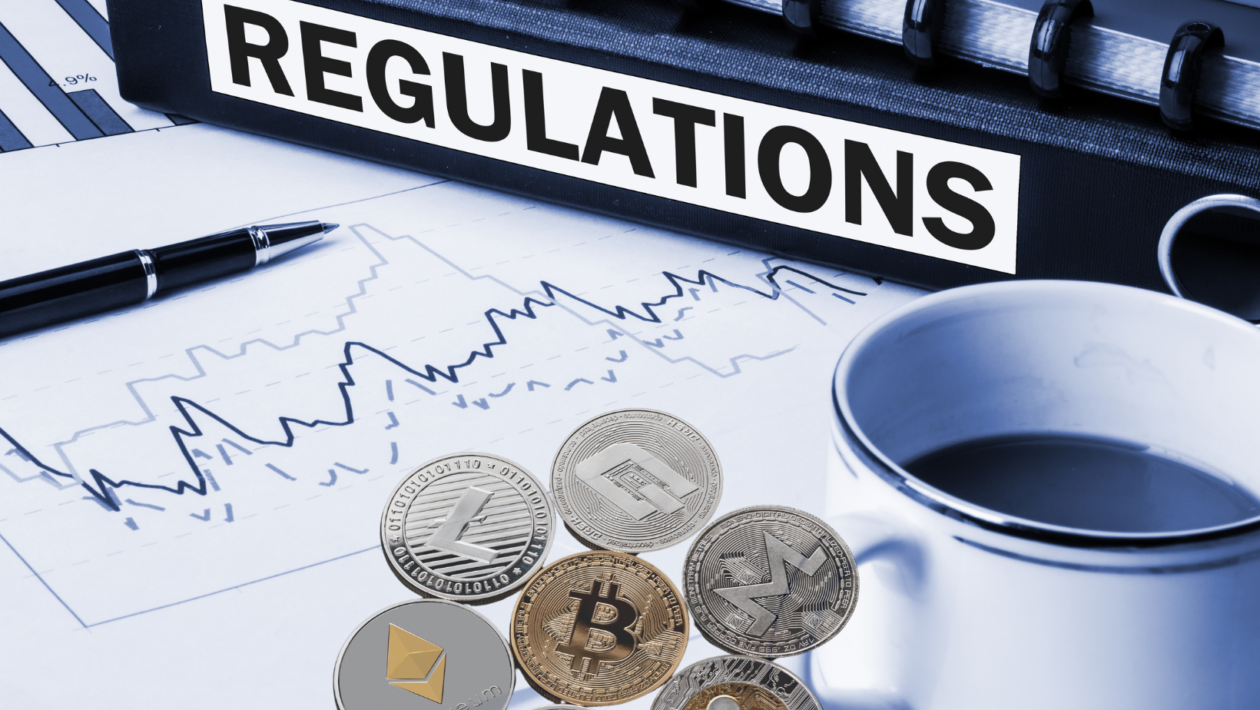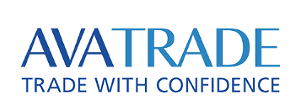Don’t invest unless you’re prepared to lose all the money you invest. This is a high-risk investment and you are unlikely to be protected if something goes wrong. Take 2 minutes to learn more
In the aftermath of the 2022 crypto market collapse, we find ourselves revisiting a troubling issue: Operation Chokepoint 2.0 – Guide, Tips & Insights | Learn 2 Trade. This initiative, revived with renewed vigor, is having a significant impact on the relationship between cryptocurrency and the U.S. banking system. To understand the gravity of the situation, let’s break down the key elements that have fueled this controversy.
The Misguided Perception of Risk
In response to the 2022 crypto turmoil, banking regulators made several determinations that have had far-reaching consequences. First and foremost, they concluded that cryptocurrency itself poses a systemic risk to the banking sector. Ironically, real-world events have shown the opposite to be true—such as the case where the collapse of Silicon Valley Bank (SVB) jeopardized the stability of Circle, a prominent player in the crypto industry. While Circle’s decision to hold a large uninsured deposit with SVB can be criticized, the notion that crypto is inherently a threat to banking is far from accurate.
Insufficient Regulatory Controls
Another critical determination was that Bank Secrecy Act (BSA) and Anti-Money Laundering (AML) controls within the crypto space were severely lacking. Regulators decided that the solution was to effectively sever the ties between crypto and the U.S. banking system. However, pushing crypto into the Eurodollar market, a move reminiscent of past regulatory blunders only exacerbates the problem.
This approach introduces a significant challenge: the issue of regulatory discretion. Under current BSA/AML standards, it is nearly impossible for any bank to be fully compliant, particularly when the stringent standards applied to crypto are considered. This means regulators can selectively target institutions under the guise of compliance concerns, justifying actions against them based on superficial evidence.
A Systemic Flaw
This systemic flaw is not unique to crypto-related banks; it affects the entire banking sector. Whether it’s First National, Citi, PNC, or SoFi, all banks are vulnerable to regulatory scrutiny because the rules are so broad that any institution could be found non-compliant if regulators choose to dig deep enough.
The problem isn’t the rules themselves but their inconsistent application. Large settlements for money laundering and BSA/AML violations have been reached with major institutions like ABN AMRO, Deutsche Bank, and HSBC, yet these banks were never shut down. The regulatory programs remain largely unchanged and ineffective at deterring systemic financial crime. Instead, these rules are wielded as a pretext to shut down institutions engaged in activities that regulators simply don’t like.
Targeted Enforcement
Recent developments highlight the arbitrary nature of this enforcement. Customers Bank has been singled out for BSA/AML deficiencies, even though many other banks with similar or worse issues have not faced the same level of scrutiny. This comes on the heels of actions against Signature Bank and Silvergate Bank, which were also targeted for their involvement with crypto. Additionally, banks that planned to start real-time payment (RTP) networks for blockchain trades have been blocked from doing so under similar pretenses.
This selective enforcement has led to the conclusion that there is a deep-seated animus towards the crypto industry. Regulators appear unwilling or unable to understand the potential of new technologies, leading to a technophobic stance that risks stifling innovation in the U.S. financial system.
The Irony of Regulatory Actions
The irony is that the very actions regulators are trying to prevent—fast payments to settle blockchain trades—could enhance financial transparency and reduce crime. Instead, they are shutting down platforms that interact with public blockchains, where illicit activities like funding for extremist groups such as Hamas account for less than 1% of transactions. The majority of such funding flows through traditional, opaque systems that regulators seem to overlook.
This technophobic stance increases the risk of financial crime rather than mitigating it. It creates a false sense of security, where problems are only acknowledged if they are visible, while the real threats go unchecked in the shadows of the traditional banking system.
The Broader Impact
This approach is emblematic of a broader issue within the current regulatory environment. Despite a professed commitment to preventing financial crime, regulators are clinging to a legacy system riddled with inefficiencies and vulnerabilities. This resistance to change is alienating entrepreneurs, financial professionals, and innovators in the fintech space, who are frustrated by the regulatory overreach.
The current administration’s actions are pushing consumers towards offshore platforms with weaker legal protections, as seen with the collapse of FTX. This is not only harmful to the industry but also detrimental to consumers who are left with fewer safe options.
In conclusion, Operation Chokepoint 2.0 – Guide, Tips & Insights | Learn 2 Trade is not just a regulatory crackdown on crypto; it represents a broader struggle between innovation and the status quo. We must demand better from our regulators to ensure that the future of finance is both fair and secure.
Make money without lifting your fingers: Start using a world-class auto trading solution
- Broker
- Min Deposit
- Score
- Visit Broker
- Award-winning Cryptocurrency trading platform
- $100 minimum deposit,
- FCA & Cysec regulated
- 20% welcome bonus of upto $10,000
- Minimum deposit $100
- Verify your account before the bonus is credited
- Fund Moneta Markets account with a minimum of $250
- Opt in using the form to claim your 50% deposit bonus
Learn to Trade
Never Miss A Trade Again

Signal Notification
Real-time signal notifications whenever a signal is opened, closes or Updated

Get Alerts
Immediate alerts to your email and mobile phone.

Entry Price Levels
Entry price level for every signal Just choose one of our Top Brokers in the list above to get all this free.





